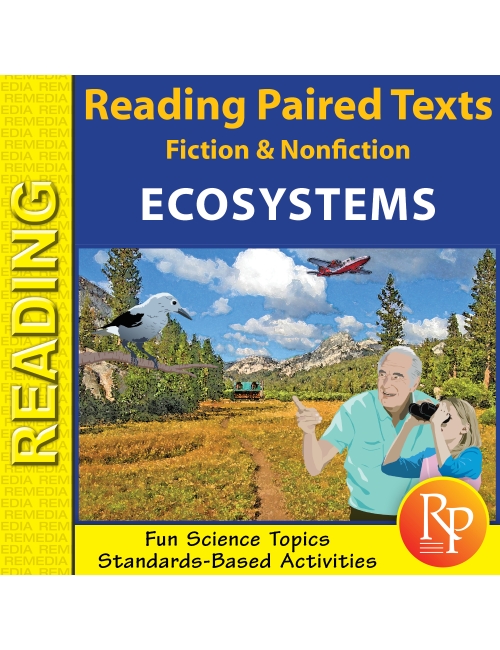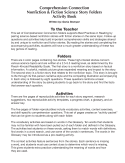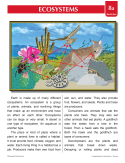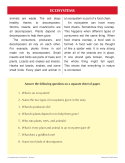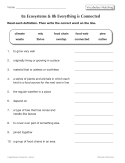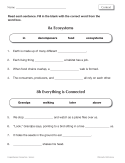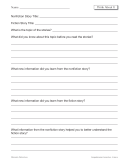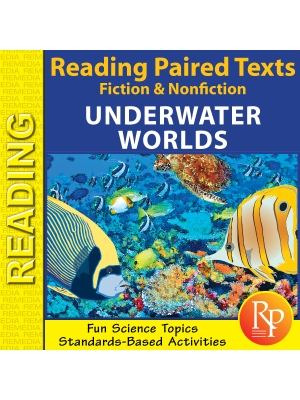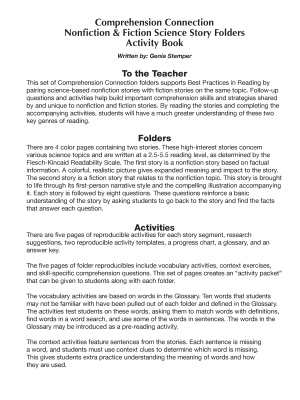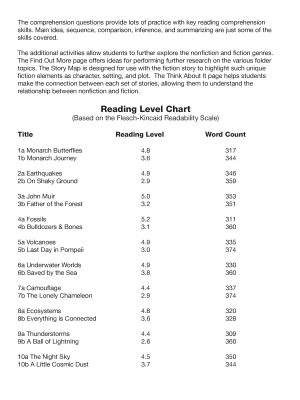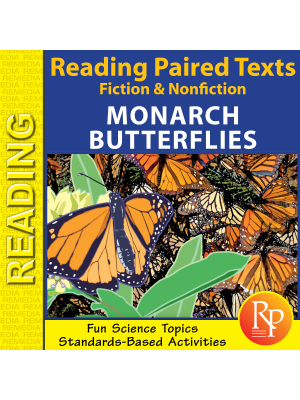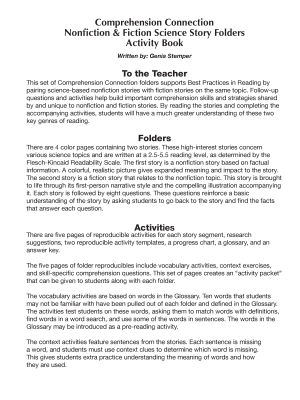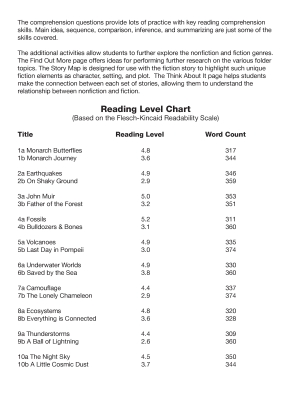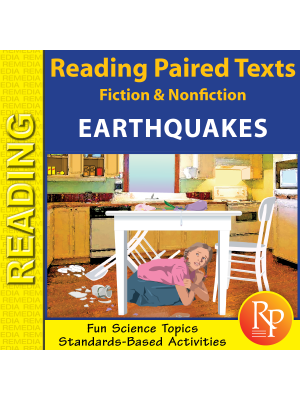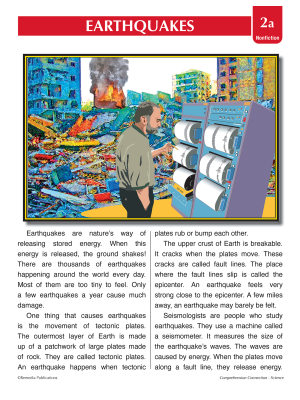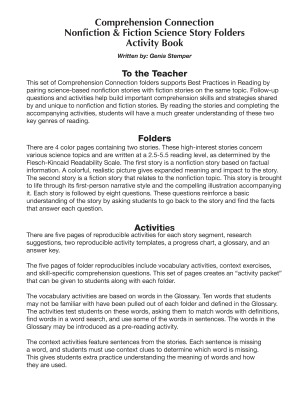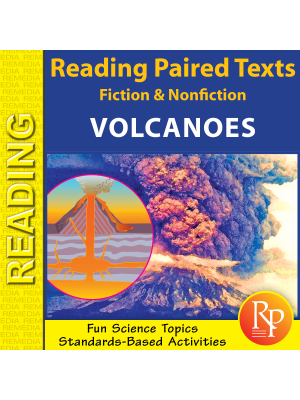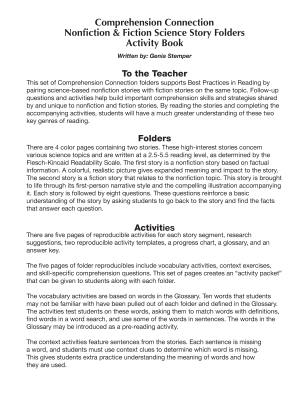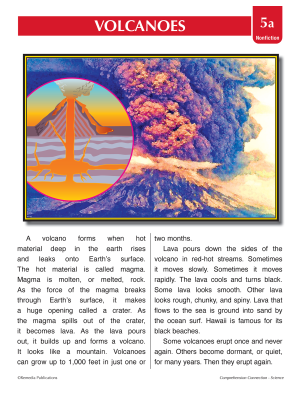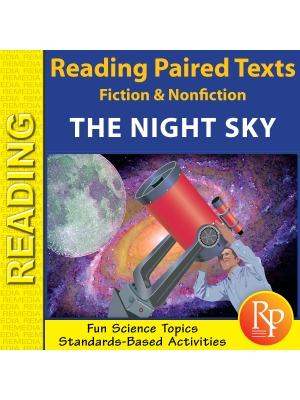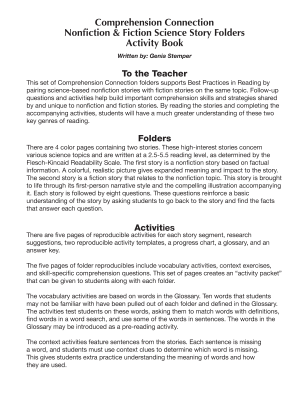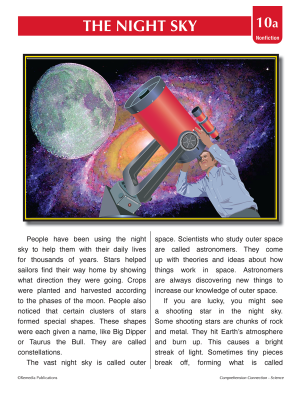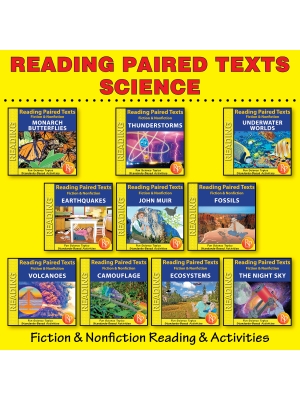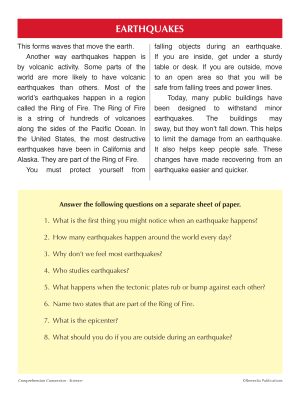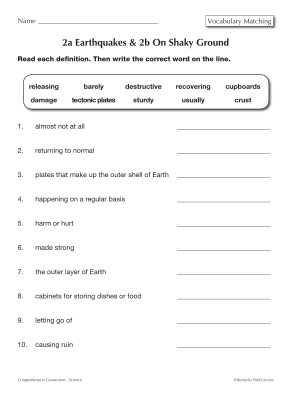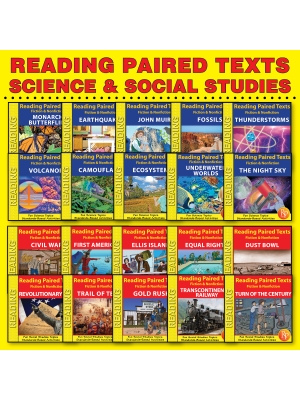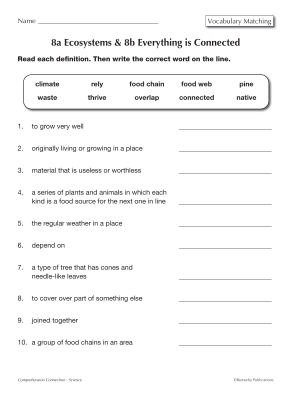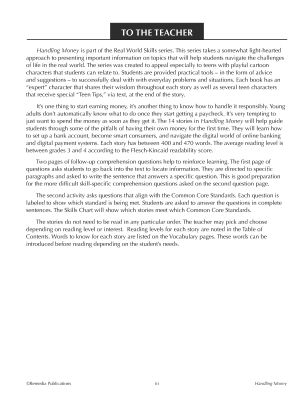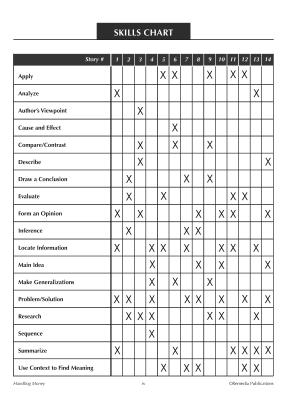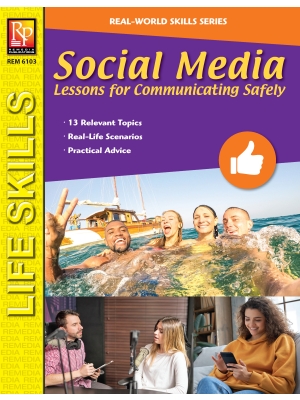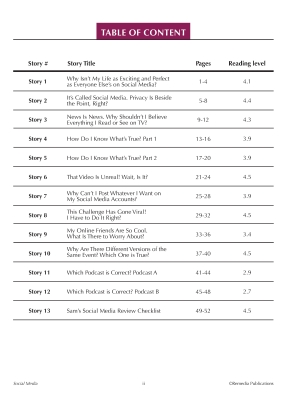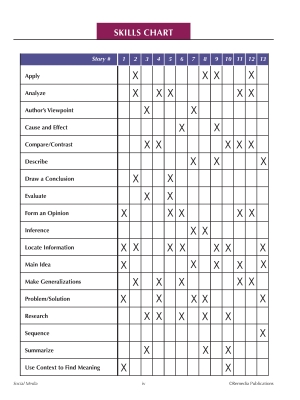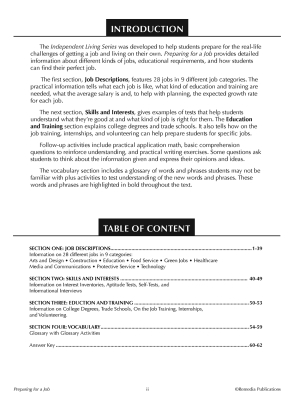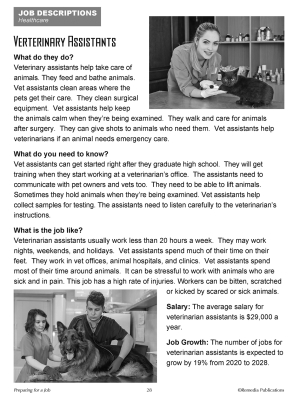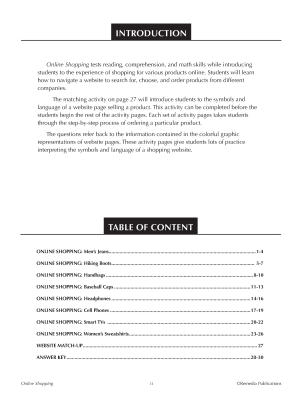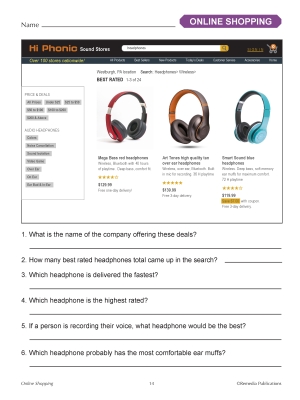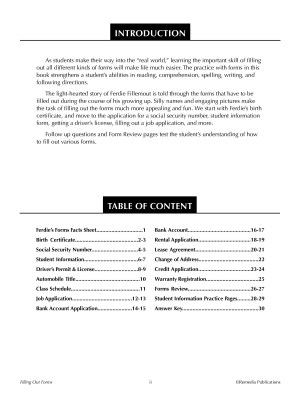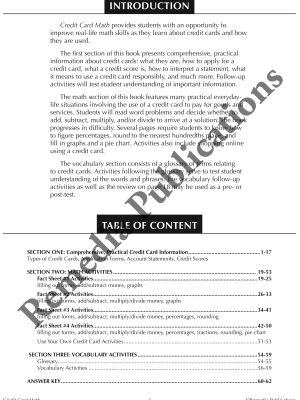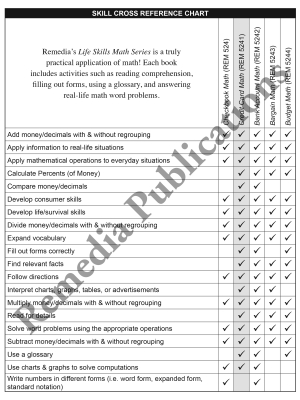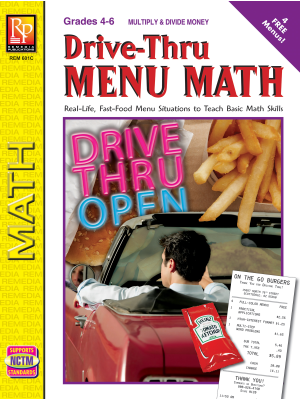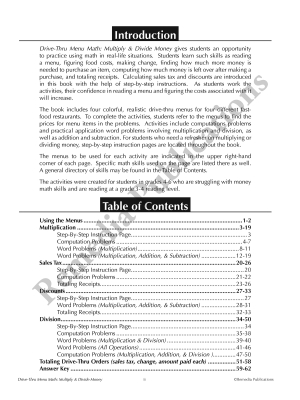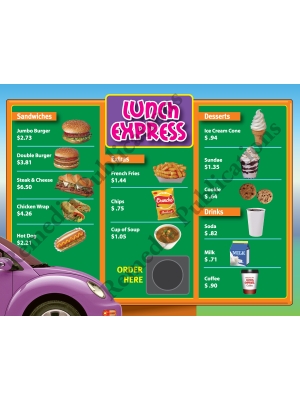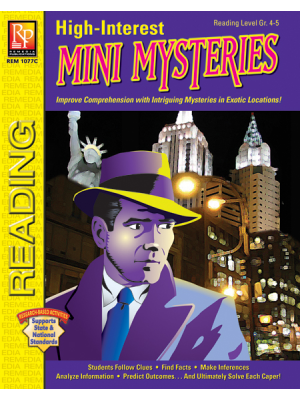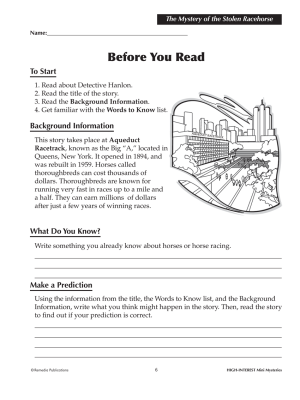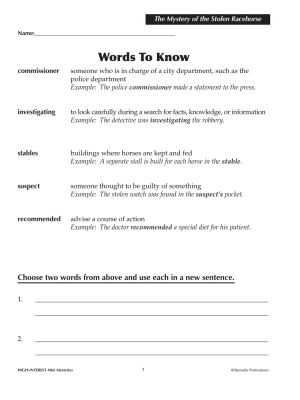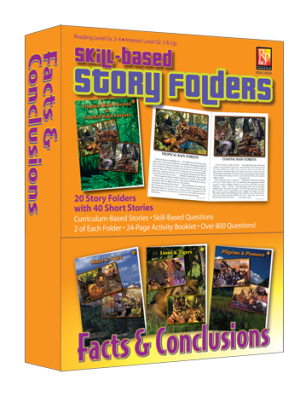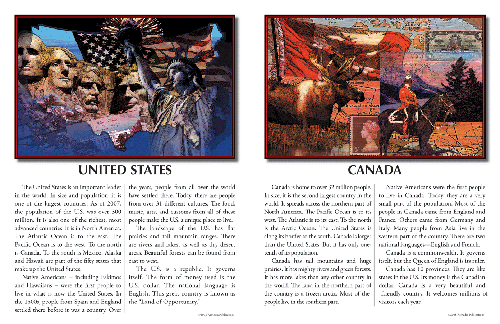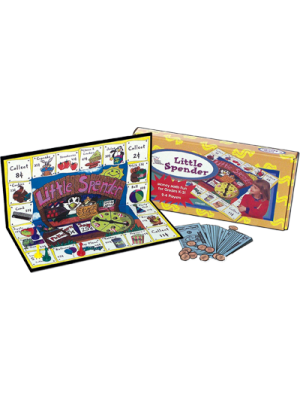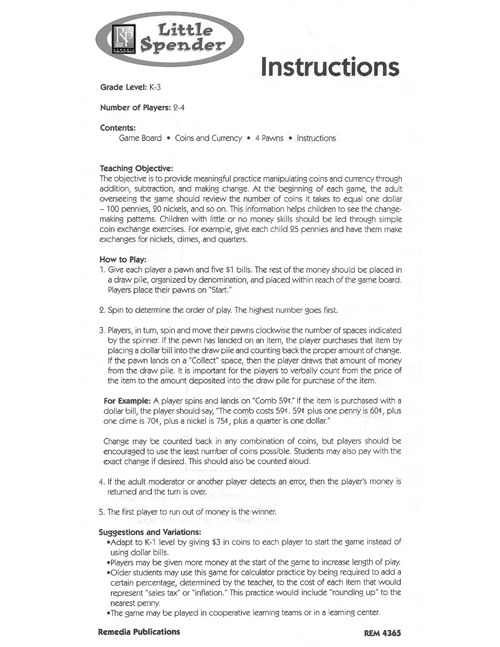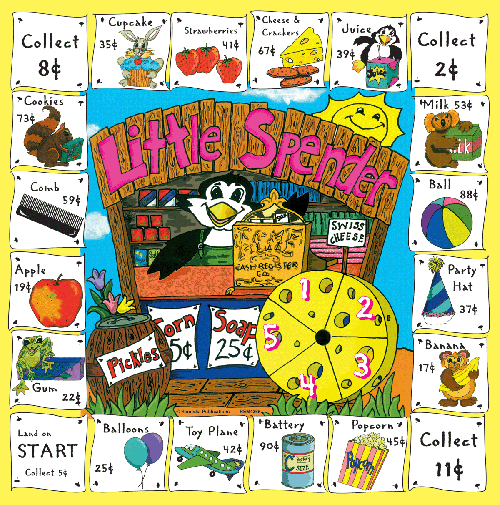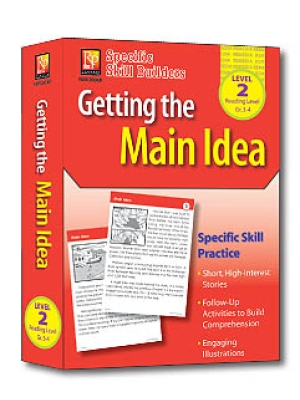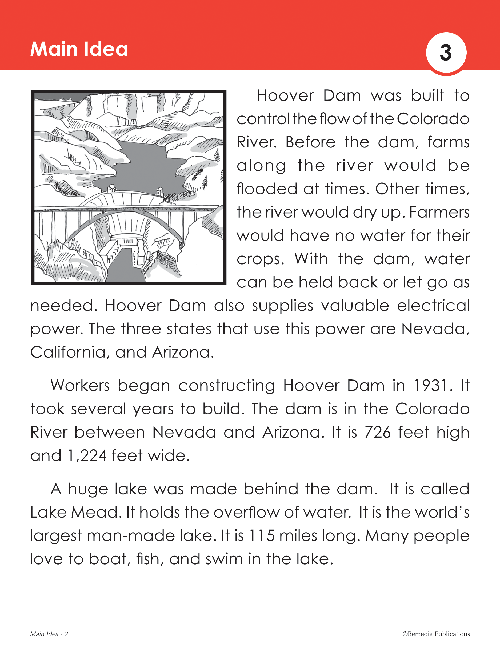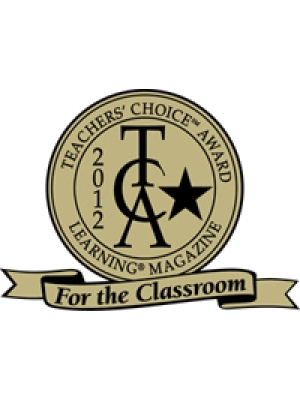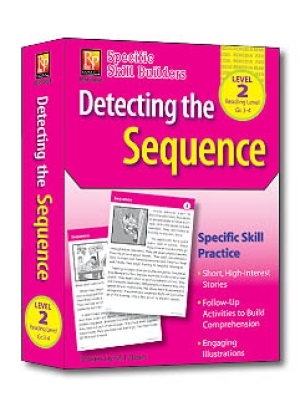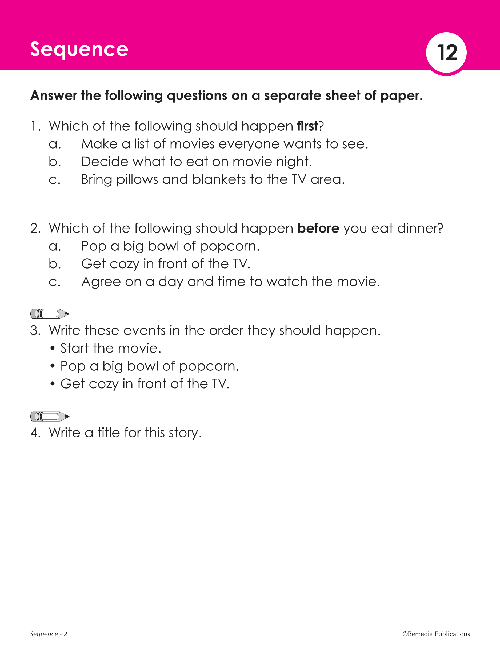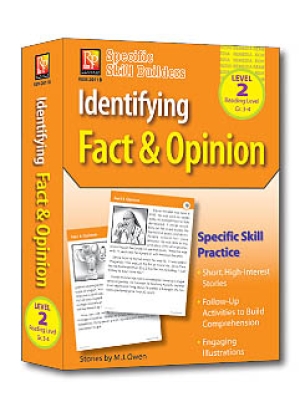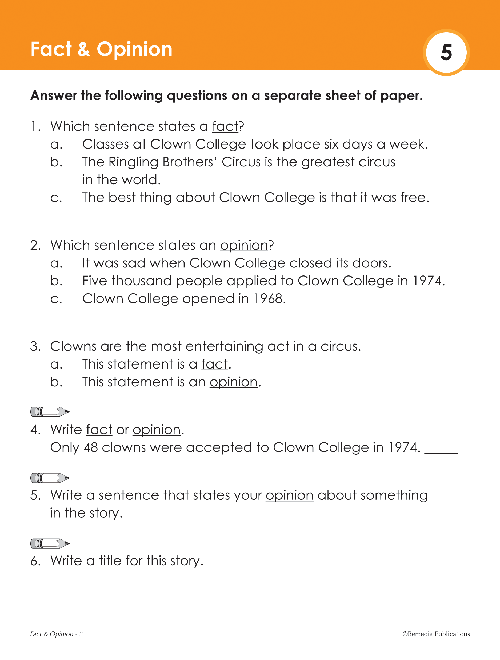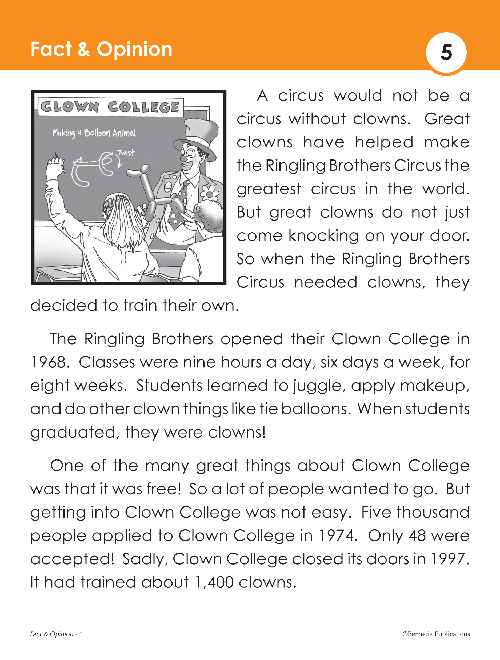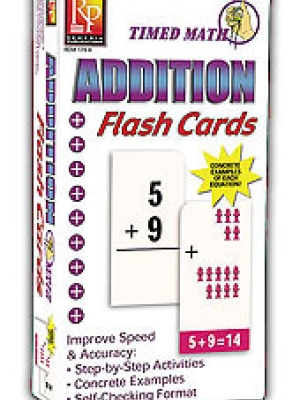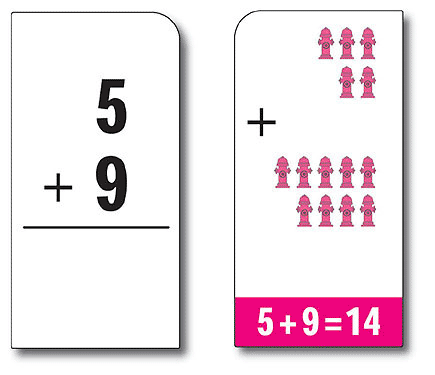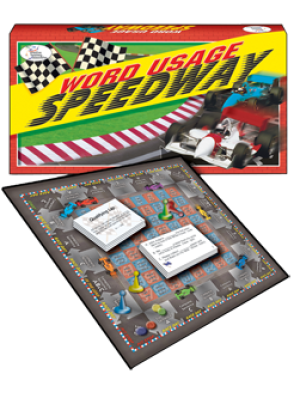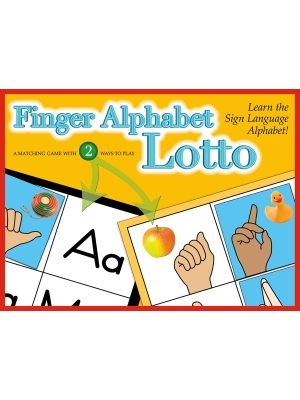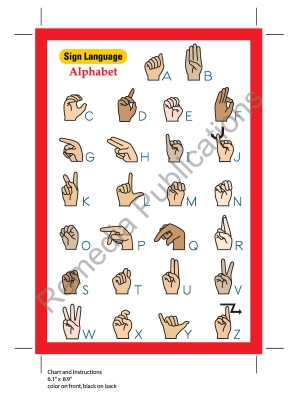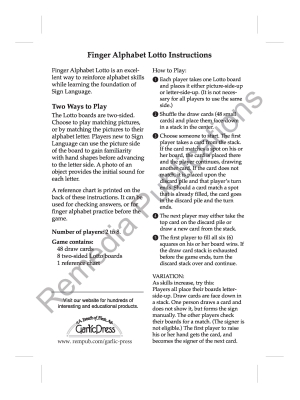Reading Comprehension | Science | Fiction/Nonfiction Pairing | Ecosystems
Supports Best Practices in Reading by Pairing Science-Based Nonfiction Stories with Fiction Stories on the Same Topic!
Each exciting and fact-filled story is accompanied by a dynamic, colorful, realistic illustration that brings the story to life and enhances the content. The nonfiction story gives a detailed, scientific explanation of the topic. The matching fiction story makes the topic relatable to everyday life.
Reading Skills
Follow-up questions and activities help build important comprehension skills and strategies shared by and unique to nonfiction and fiction stories. By reading the stories and completing the accompanying activities, students will have a much greater understanding of these two key genres of reading.
"Ecosystems"
The nonfiction story sets up the fiction story with interesting facts about different types of ecosystems, how they work, and the importance of keeping food webs intact.
"Everything is Connected"
The fiction story tells about a grandfather who explains the importance of maintaining food chains and food webs to his granddaughter through a story about the scarcity of a bird called the Clark’s nutcracker.
Questions & Activities
Each story is followed by who, what, when, where, why, and how type questions.
Additional skill-specific questions for each story include: Main Idea, Locating Information, Fact or Opinion, Sequencing, Cause & Effect, Conclusion, Inference,
Summarizing, and Picture Interpretation.
Vocabulary activities include: vocabulary matching, word search, and context.
Details:
Each short story is between 320 and 330 words and is written at a 3.6 to 4.8 reading level according to the Flesch-Kincaid Readability Scale. The interest level is grades 4 and up.
Contents Include:
• 2 high-interest, illustrated, short stories
• 10 pages of questions and activities
• Glossary
• Answer Key
• 18 total pages
Reading Comprehension | Science | Fiction/Nonfiction Pairing | Ecosystems
Supports Best Practices in Reading by Pairing Science-Based Nonfiction Stories with Fiction Stories on the Same Topic!
Each exciting and fact-filled story is accompanied by a dynamic, colorful, realistic illustration that brings the story to life and enhances the content. The nonfiction story gives a detailed, scientific explanation of the topic. The matching fiction story makes the topic relatable to everyday life.
Reading Skills
Follow-up questions and activities help build important comprehension skills and strategies shared by and unique to nonfiction and fiction stories. By reading the stories and completing the accompanying activities, students will have a much greater understanding of these two key genres of reading.
"Ecosystems"
The nonfiction story sets up the fiction story with interesting facts about different types of ecosystems, how they work, and the importance of keeping food webs intact.
"Everything is Connected"
The fiction story tells about a grandfather who explains the importance of maintaining food chains and food webs to his granddaughter through a story about the scarcity of a bird called the Clark’s nutcracker.
Questions & Activities
Each story is followed by who, what, when, where, why, and how type questions.
Additional skill-specific questions for each story include: Main Idea, Locating Information, Fact or Opinion, Sequencing, Cause & Effect, Conclusion, Inference,
Summarizing, and Picture Interpretation.
Vocabulary activities include: vocabulary matching, word search, and context.
Details:
Each short story is between 320 and 330 words and is written at a 3.6 to 4.8 reading level according to the Flesch-Kincaid Readability Scale. The interest level is grades 4 and up.
Contents Include:
• 2 high-interest, illustrated, short stories
• 10 pages of questions and activities
• Glossary
• Answer Key
• 18 total pages
Ecosystems - Science - Paired Texts - Fiction to Nonfiction
- Product Code: EREM 3058
- Viewed: 7313
- Availability: In Stock

